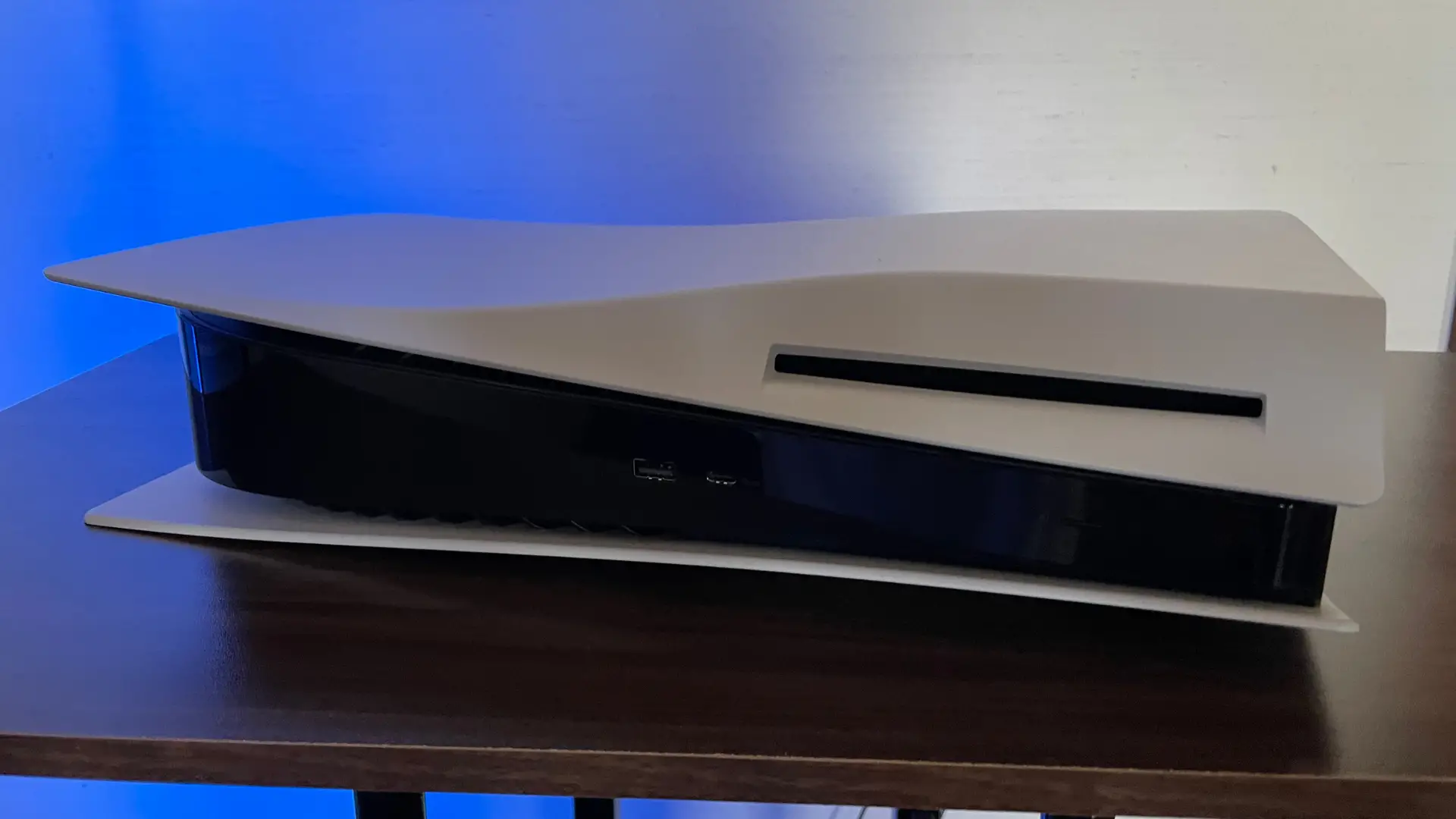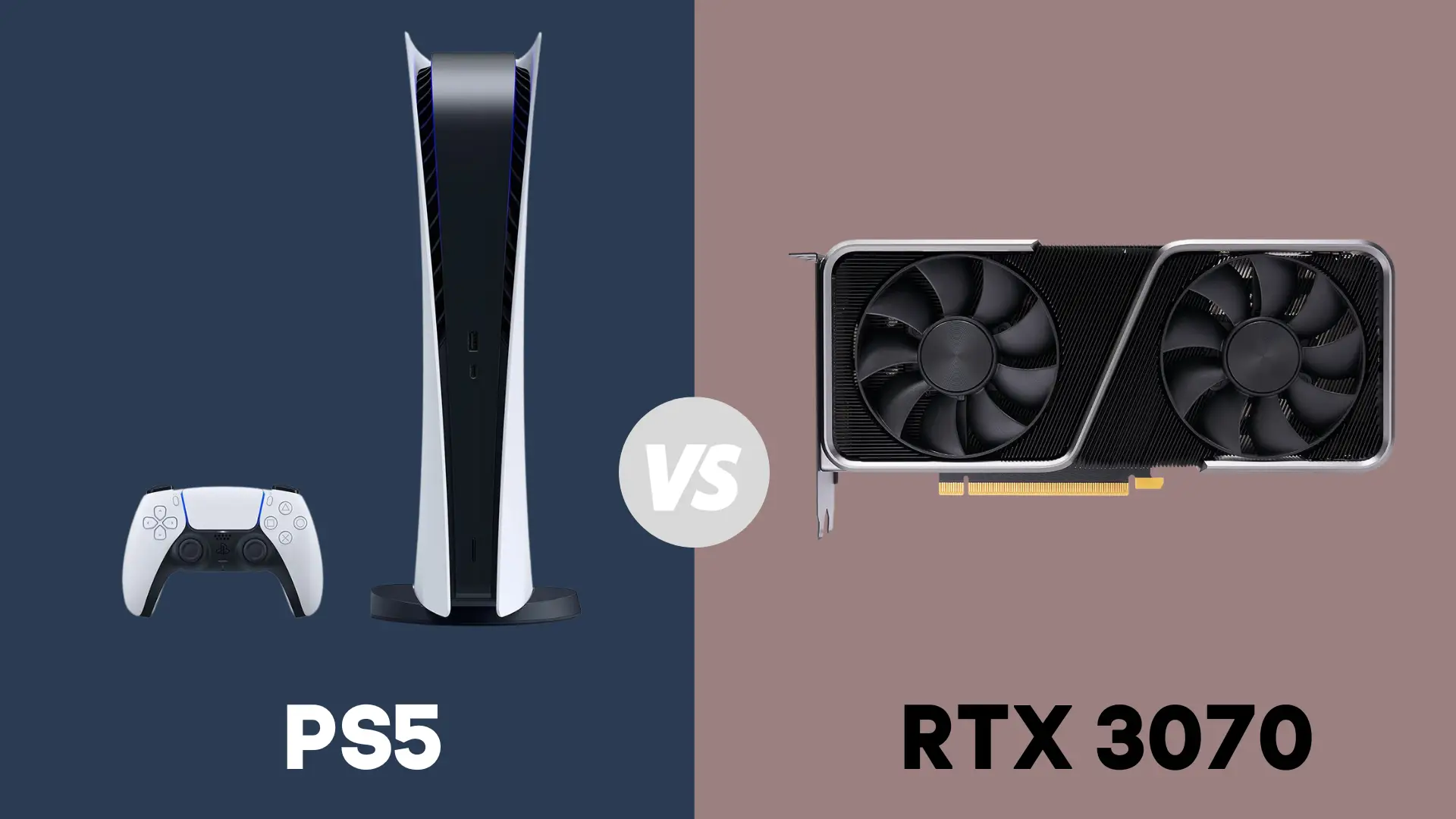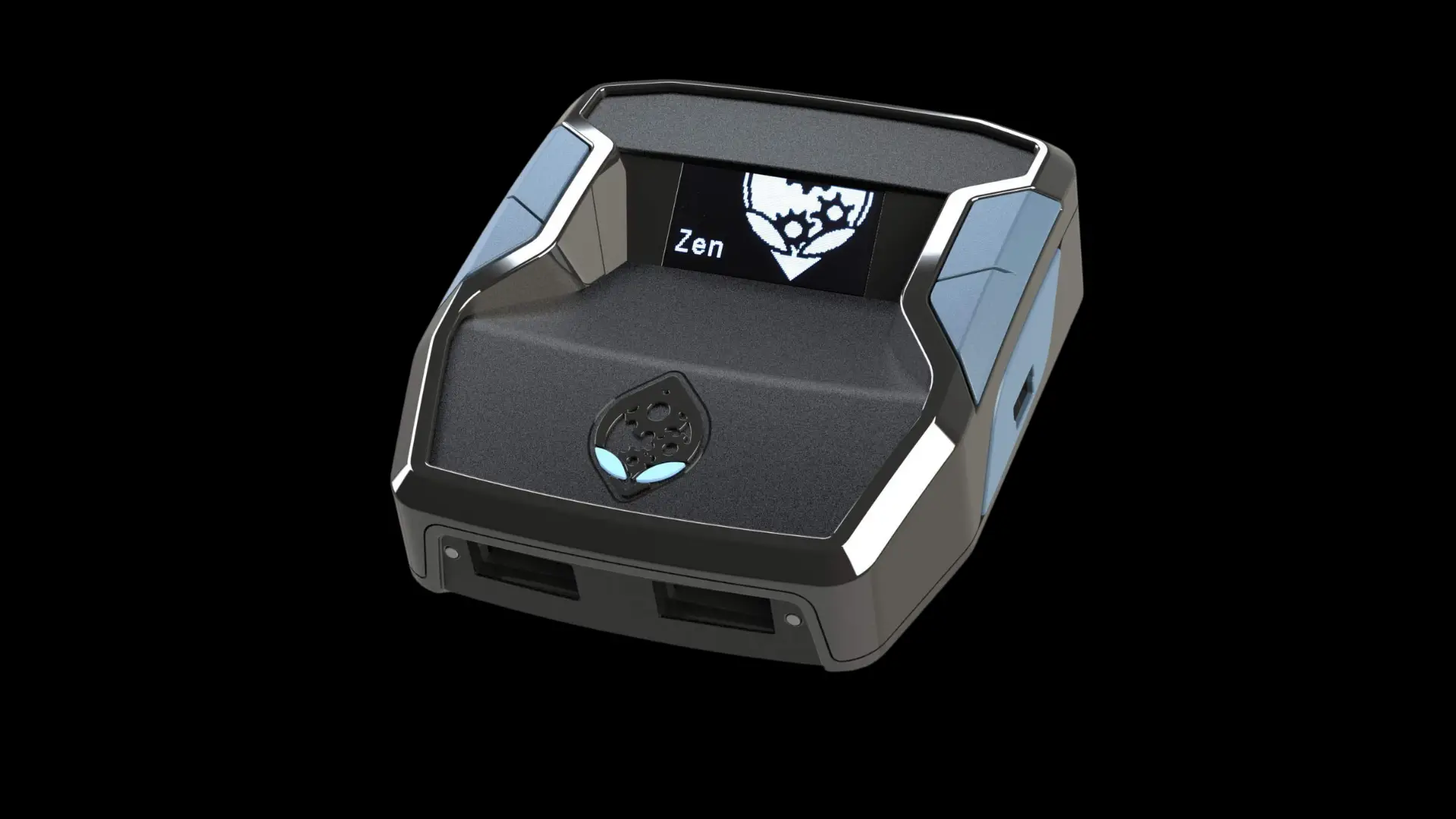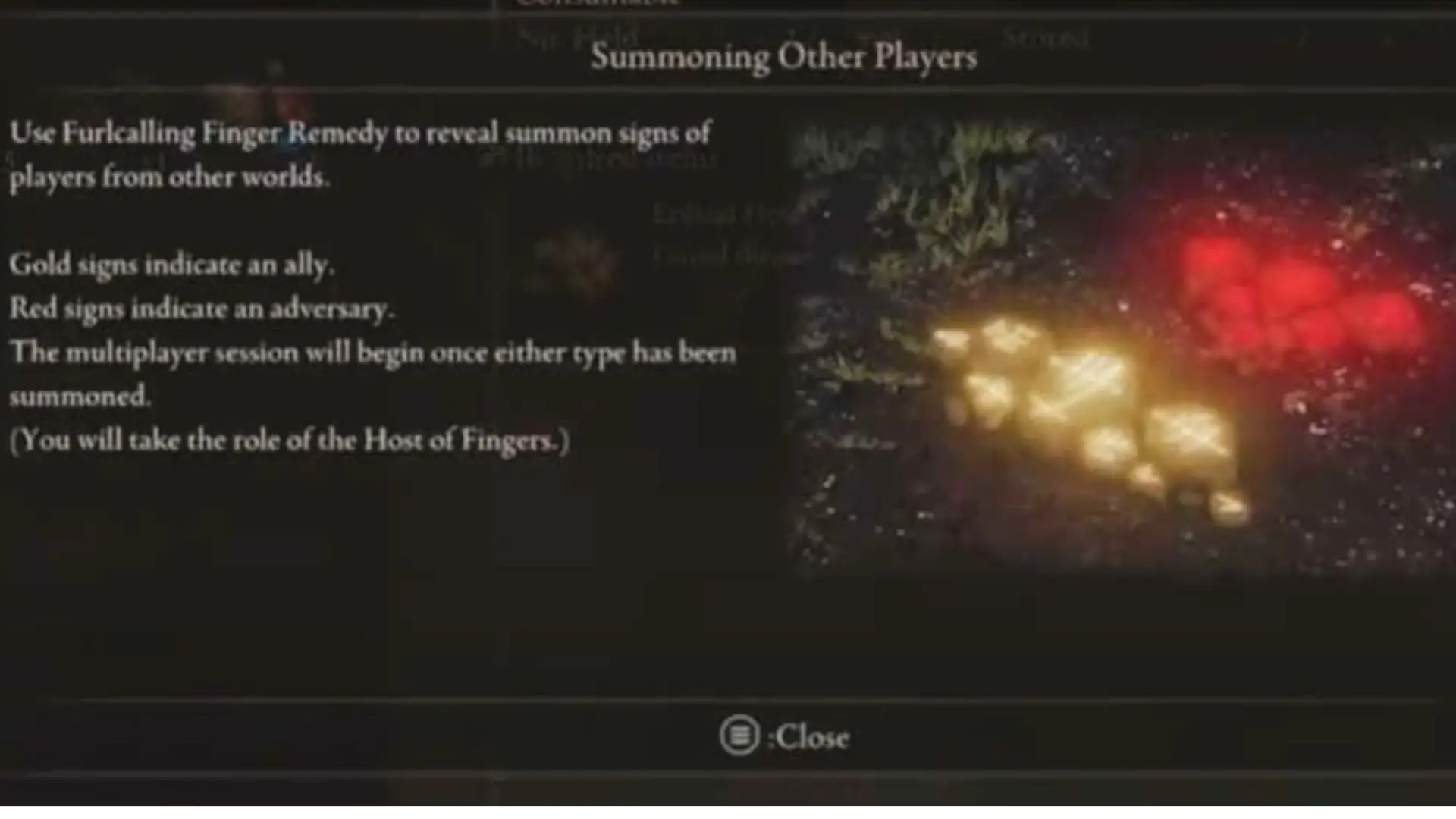Is 100% GPU Usage Bad?
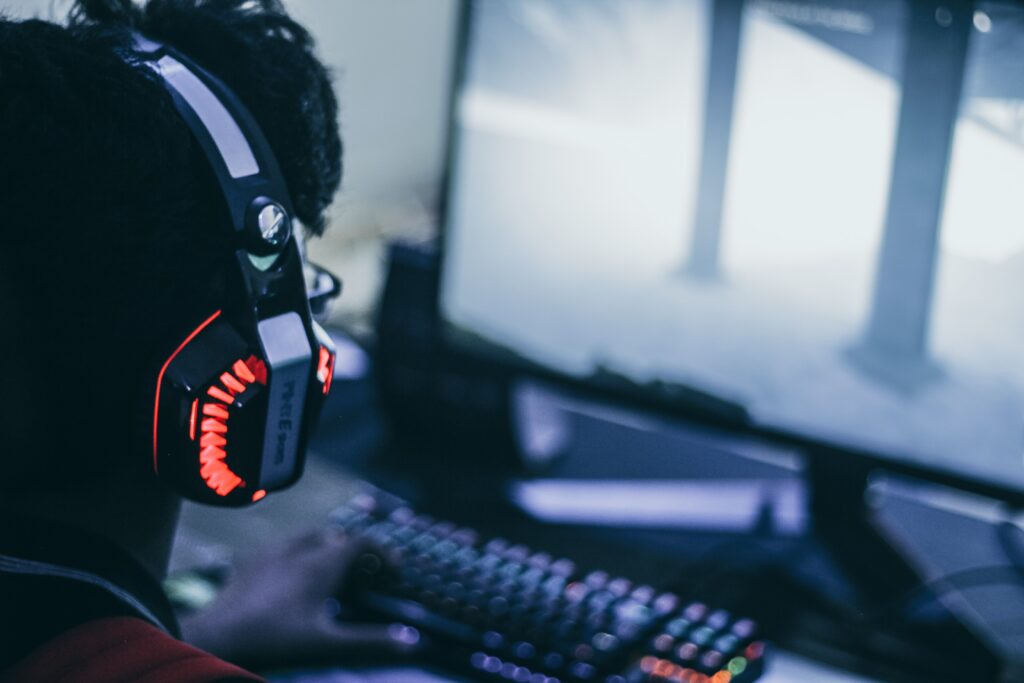
Playing video games on PC requires a tiny bit more technical knowledge than is the case with consoles. Aside from knowing how to navigate the various software required, you should also know how your hardware ought to behave under stress. This article will specifically explain how to gauge GPU usage, and if you should be worried about its longevity.
It’s entirely normal for your GPU to be at 100% usage while playing games. If your GPU is at 100% when you’re gaming, that merely means that you’re using your hardware to its full extent and that you’re not leaving any performance on the table.
However, there are a few caveats you should be aware of. Don’t fret, it’s hardly rocket science! We’ll explain everything you should know about GPU usage in the following couple of sections, and we’ll also keep the technical terms to a minimum, so everybody can get a sense of what’s what and what’s not.
Why is 100% GPU usage a good thing? How does that work?
If your graphics card is being under 100% load while you’re playing a video game, that doesn’t mean it’s being excessively stressed. We know that it might seem that way, but it actually means that it’s being used to the absolute max and that you can’t really squeeze more performance out of it.
As you may know, ‘bottleneck’ is the umbrella term for any sort of performance limitation caused by a single component in your PC. To be perfectly clear, every PC is bottlenecked in this or that way, because otherwise, we’d have infinite performance. Neat as that might be, it’s impossible, and while gaming, you’ll most often come across CPU or GPU limitations.
A 100% GPU load tells you that there’s nothing in your PC that would incur a bottleneck on your graphics card, and that’s really all there is to it. At least, at face value.
Also, note that it’s not necessarily a bad thing if your graphics card isn’t under full use. If you’re playing older or low-spec games that simply have no use for excessively powerful hardware, they just won’t use 100% of your GPU’s processing capabilities.
Is my GPU supposed to be under 100% load at all times?
No – your GPU is only supposed to be under heavy load if you’re actually using it to render graphically intensive content. Gaming, machine learning, video editing, for example. Just browsing the web and spending time on, say, Reddit? Not quite.
GPU load is (or should be, at least) highly contextual. Heavy games will push your GPU to its absolute max, while lower-end and old titles just won’t be able to use all the resources you throw at them.
Since this means you’re looking at an extremely variable hardware load, it’s always a good idea to reference reliable hardware benchmarks online. That way, you’ll know if something is amiss right away.
When should I be worried about 100% GPU usage?
If your GPU remains under 100% load even after you turn your game off, then you’ve got a problem you’ll need to deal with.
Generally, the GPU load should go down almost immediately after you turn your game off. If it stays at 100%, then something else is causing an issue. Be sure to look into that, because an anomaly like that would also greatly affect gaming performance.
What about CPU usage? Should it be at 100%, too?
No, not in most cases, unless you’re trying to do something your PC just isn’t capable of doing. If you’re seeing 100% CPU load while gaming, then you’ve got a CPU performance bottleneck. It’s not a problem in and of itself, but it’s probably limiting your GPU in video games.
However, it’s worth keeping in mind that most video games are GPU-bound, and even a mid-range CPU will have no issue with running just about everything available on the market right now.
Won’t 100% GPU usage reduce the longevity of my hardware?
It’s a simple matter of physics that transistors do wear out when you use them. Modern GPUs, however, are built to last at least a good couple of years, depending on your specific use case.
Further, graphics cards are purpose-built for heavy usage. If you’re just playing games or even straight-up mining cryptocurrencies (with proper precautions in place), you shouldn’t have any real problems unless you got a faulty GPU in the first place.
Realistically, this shouldn’t be a concern for the vast, vast majority of users looking to play games.
What else could affect GPU performance?
A far more important consideration than sheer GPU load is GPU temperature. This is, in most cases, the real hardware killer.
It should be plainly obvious that you need adequate cooling for your PC hardware to run properly. Your CPU and GPU will be the hottest components in your rig, and you need to do everything you can to ensure that they’re both properly cooled. Especially under heavy load.
Do remember that silicon temperature, too, is contextual. It varies heavily from one generation of hardware to the other, and you should always check manufacturer specifications for a good idea of what to expect in this regard.
The cutting-edge RTX graphics cards from Nvidia will, for example, be at 40-50 °C even while idling, with their GDDRX6 memory modules easily reaching 98 °C under heavy load. This is normal and expected.
As long as everything is properly cooled, you should be good to go. Again – it’s always a good idea to check out as many benchmarks as you can to get a sense of what to expect out of your hardware. If it’s not performing up-to-spec, you may want to get it checked out by a professional.
How to reliably monitor my GPU load and temperatures?
If you’re new to this, you may be wondering just how you could even keep track of all this information while still playing games and benchmarking your hardware for potential anomalies. It’s easy: you just need a reliable application to handle it for you.
There are heaps of applications you could use, and here we’ll just mention a few, to begin with:
- Windows’ integrated Task Manager (CTRL + SHIFT + ESC, ‘Performance’ tab, ‘GPU’ option)
- HWInfo
- AIDA64
- Intel XTU
It’s worth pointing out that you’ll probably be overwhelmed with information in the case of third-party apps. To that end, read up on what’s actually important for the casual user to keep an eye on.
In most cases, you’ll probably be able to assign load and temperature values to your Windows Taskbar, too, which is a quick and easy way to monitor your GPU with minimum hassle.
Good luck!
- How to Pair Meta Quest 3 Controllers with Your Quest 3 Headset: A Quick Guide
- How to Charge Meta Quest 3: A Guide to Powering Up Your VR Experience
- How to Cast Meta Quest 3 to Samsung TV: A Step-by-Step Guide
- How To Factory Reset Your Meta Quest 3: A Step-by-Step Guide
- How to Power On and Off the Meta Quest 3


